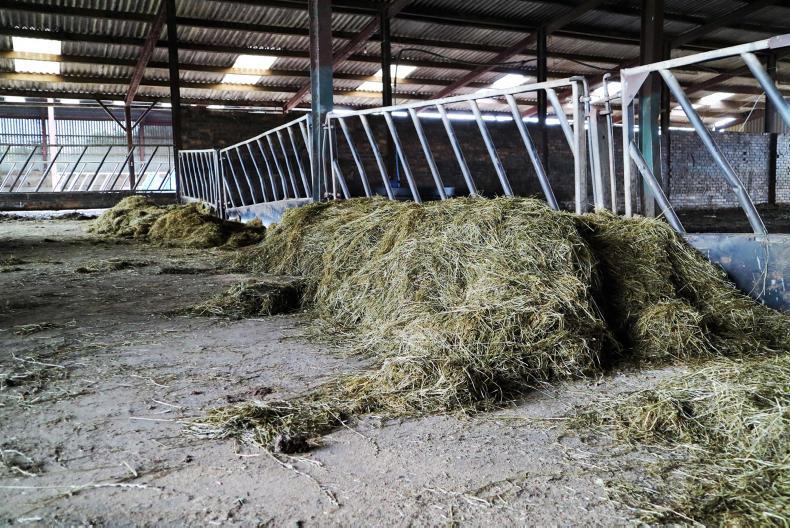It’s much easier to do this when grass growth is still good. Effectively, there are only about six weeks of good grass growth left in the year. Growth rates in October are variable and very much weather dependent, so we can’t count on it. Therefore, farmers must build up grass in late August and September or risk being out of grass in October.
Grass covers increase when growth rate exceeds grass demand. Farms stocked at three cows/ha have a demand of 51kg/day, with no supplement being fed. Over the 10-year average, daily growth rate goes below 50kg/day in early to mid-September. From this point on, farm cover will decline because grass demand exceeds grass growth and supplement will be needed to bridge the gap and hold average farm cover. Extra supplement will be needed to build covers.
The target is to have a peak average farm cover of between 1,000kg/ha and 1,200kg/ha by mid-September. As a rule of thumb, doubling the average farm cover gives the expected pre-grazing yield. There are challenges to grazing high pre-grazing yields (2,000kg/ha +), but it is a necessary evil in order to make sure that the diet is mostly grass in autumn. Feeding high levels of supplement in autumn makes it harder to graze properly.
Every farmer should do an autumn grass budget, or at least have a plan in your head and implement it.
Read more
Heavy rain fails to dampen growth, for now
Dairy management: meal feeding
Dairy management: milking parlours
It’s much easier to do this when grass growth is still good. Effectively, there are only about six weeks of good grass growth left in the year. Growth rates in October are variable and very much weather dependent, so we can’t count on it. Therefore, farmers must build up grass in late August and September or risk being out of grass in October.
Grass covers increase when growth rate exceeds grass demand. Farms stocked at three cows/ha have a demand of 51kg/day, with no supplement being fed. Over the 10-year average, daily growth rate goes below 50kg/day in early to mid-September. From this point on, farm cover will decline because grass demand exceeds grass growth and supplement will be needed to bridge the gap and hold average farm cover. Extra supplement will be needed to build covers.
The target is to have a peak average farm cover of between 1,000kg/ha and 1,200kg/ha by mid-September. As a rule of thumb, doubling the average farm cover gives the expected pre-grazing yield. There are challenges to grazing high pre-grazing yields (2,000kg/ha +), but it is a necessary evil in order to make sure that the diet is mostly grass in autumn. Feeding high levels of supplement in autumn makes it harder to graze properly.
Every farmer should do an autumn grass budget, or at least have a plan in your head and implement it.
Read more
Heavy rain fails to dampen growth, for now
Dairy management: meal feeding
Dairy management: milking parlours






 This is a subscriber-only article
This is a subscriber-only article










SHARING OPTIONS: